How to brew moderately roasted Brazilian coffee beans in Brazil, the world's largest coffee producer?
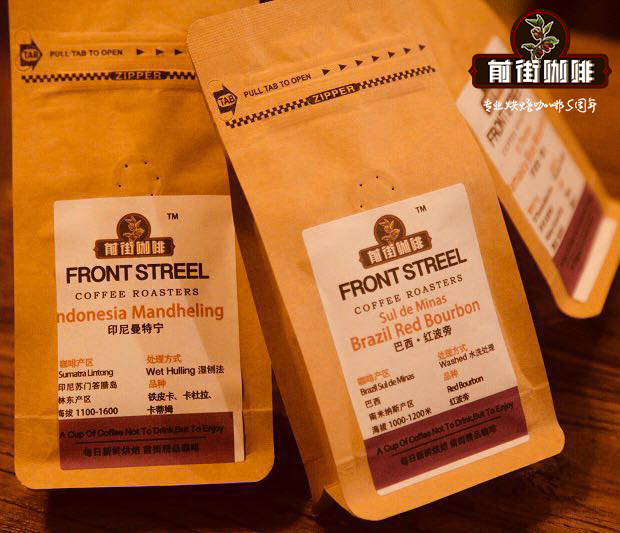
Brazil is the world's leading producer and exporter of coffee beans. Brazilian coffee beans have a mellow taste and are typical of deep-roasted coffee beans.
About 1/3 of the world's coffee comes from Brazil, and most of the premium coffee in Brazil is labeled Santos after passing through the port.
Altitude: 400-1600 m above sea level
Harvest time: may-September
Annual output of coffee: 4000-60 million bags
Common varieties: bourbon, Itsuka, Kaddura, Kaduai, Acaia, New World, Ikatu
Brazil is the world's largest exporter of coffee, providing about 60% of the world's coffee-in part because of the country's vast size. Although Brazil is a prolific coffee exporter, its average coffee production is only about 1100 meters above sea level. This makes it a high-growth coffee (900-1200 m), but some crops must be below this threshold.
Many high-quality espresso are made from bourbon Santos or Brazilian Serrado because Brazilian coffee can be roasted dark without excessive bitterness. This is partly due to the mild, balanced taste of Brazilian coffee beans. The best Brazilian coffee is relatively low in acidity, has a nutty sweetness, and is usually roasted with chocolate.
Bourbon Santos Coffee
Bourbon Santos is a medium to high quality Brazilian wet processed (washed) coffee; usually transported through the port of Santos. Santos is a market name.
Taste
A good Brazilian bourbon Santos is light, medium-bodied, low acidity and pleasant aroma. Coffee produced by the bourbon variety tends to be more round and brighter (more acidic) than other Brazilian coffees.
The low acidity of Brazilian bourbon wine stems from the lower growth altitude in the region. This proportion is lower than in places such as Central America, where high-quality coffee is produced in plantations at higher elevations (for example, above 1500 metres above sea level) with better taste (higher acidity).
Bourbon Santos Coffee Farm
Bourbon Santos, mostly grown in the northern state of Minas Gerais or Sao Paulo, Brazil, is known for its soft, smooth taste, usually with sweet and nutty flavors.
Since Brazilian coffee grows at a relatively low altitude (for example, compared to Central American coffee), the density of Brazilian coffee beans is not particularly high. This makes the taste of coffee inferior to that of many high-quality alternatives.
The size and output of the industry mean that Brazilian coffee has more opportunities to classify and classify. They took full advantage of this and classified the beans according to their size (size), color and cup test (taste). This divides them into several categories (from the best to the worst)-strictly soft, soft, softish, hard, riada, rio and rio zona.
Therefore, put unroasted green coffee beans into medium to deep roasting, although roasted too black may still bring gray bitterness. The advantage of its mellow taste and high yield is that Brazilian green beans are usually very cheap, making it an excellent basis for coffee or espresso. While controlling costs, the taste of primary coffee can also be emitted.
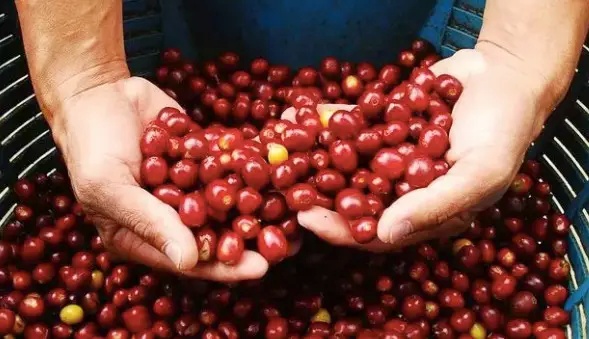
The growing area of coffee
The microclimate in some parts of Brazil can produce some very good coffee. In particular, some specific areas of Serrado, Matta Deminas, Mojiana and South de Minas are famous for growing quality coffee.
Minas Gerais
Minas Gerais means "general-purpose mine", named after the 18th century gold rush. It is Brazil's largest coffee-growing state, accounting for nearly 50% of total coffee cultivation. Here you will find that South de Minas, with a mild climate, has been around 22 degrees Celsius. These "small" farms, which range from 10 to 100 hectares, produce 30% of Brazil's coffee and are known for their fruity and lemon flavours.
Sao Paulo
Sao Paulo is the place where you can find the infamous port of Santos, which consists of Mogiana and the center of S ã o Paulo. Mojiana is one of the highest elevations in Brazil, ranging from 900m to 1100 m.
Bahia
Bahia is divided into several areas, which is the farthest northeast where you can find Brazilian coffee. This is a whole new field, which only began to grow coffee in the 1970s, but the rapid development of technology means it is the driving force of the country. Brazilian Serrado coffee comes from this region, mainly Arabica. The irrigation system and stable weather mean that coffee grows evenly and can be mechanically harvested with large equipment, increasing efficiency and yield.
Esprito Santo
Espirito Santo, which mainly grows robusta beans, does not attract much attention in the specialty coffee market, but is actually the second highest producer of coffee beans in Brazil. The main areas here are Montanhas de Espirito Santo and Conilon Capixaba.
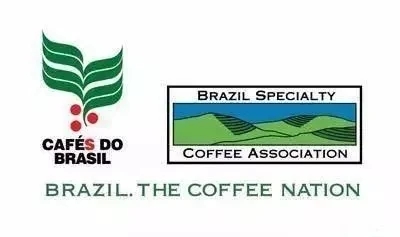
Quality standard of Brazilian coffee
Generally speaking, most of the coffee grown in Brazil is ordinary low-altitude, low-grade Arabica coffee-yes, but it is unlikely to be considered high-quality and delicious coffee. Those who prefer a smooth, mild cup of coffee tend to prefer Brazilian beans, which coffee companies often mix with ingredients to soften the flavor.
The Brazilian government has recently tried to change this concept and renamed Brazil specialty coffee. Organic and fair trade certified coffee from Brazil is becoming more and more common.
Because of Brazil's relatively low altitude, few Brazilian coffee is sold as "strict cultivation" (SHG), a name that retains the best coffee beans in the world. Although snobs may not like this kind of coffee, Brazilian coffee should not be ignored because its silky flavor makes it an excellent coffee.
Important Notice :
前街咖啡 FrontStreet Coffee has moved to new addredd:
FrontStreet Coffee Address: 315,Donghua East Road,GuangZhou
Tel:020 38364473
- Prev
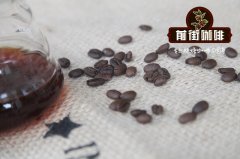
Introduction to the origin of Yemeni coffee | characteristics of Yemeni coffee varieties. What is mocha coffee?
In the mountains of the central to southern parts of the Arabian Peninsula, several high-quality coffees are grown in Yemen near the Red Sea. In the region, Yemeni coffee is still growing, much less than the peak. Terraces, like rice paddies and vineyards in other countries, are carved on the hills, so they can be easily trimmed and harvested, looking like a vast manor. Mocha
- Next
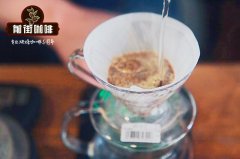
Bahia, Brazil| Bahia's three major coffee producing regions
Bahia, Brazil's fifth-largest state, is located in the northeast of the country, 1000 kilometers from the coast, with a high altitude and warm climate. Most of the coffee we buy from Bahia comes from Chapada Diamantina. Farms in the region vary in size-from small family-run farms to sprawling estates with coffee of 1000 hectares or more. Bahia has three.
Related
- Detailed explanation of Jadeite planting Land in Panamanian Jadeite Manor introduction to the grading system of Jadeite competitive bidding, Red bid, Green bid and Rose Summer
- Story of Coffee planting in Brenka region of Costa Rica Stonehenge Manor anaerobic heavy honey treatment of flavor mouth
- What's on the barrel of Blue Mountain Coffee beans?
- Can American coffee also pull flowers? How to use hot American style to pull out a good-looking pattern?
- Can you make a cold extract with coffee beans? What is the right proportion for cold-extracted coffee formula?
- Indonesian PWN Gold Mandrine Coffee Origin Features Flavor How to Chong? Mandolin coffee is American.
- A brief introduction to the flavor characteristics of Brazilian yellow bourbon coffee beans
- What is the effect of different water quality on the flavor of cold-extracted coffee? What kind of water is best for brewing coffee?
- Why do you think of Rose Summer whenever you mention Panamanian coffee?
- Introduction to the characteristics of authentic blue mountain coffee bean producing areas? What is the CIB Coffee Authority in Jamaica?

